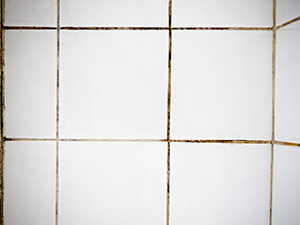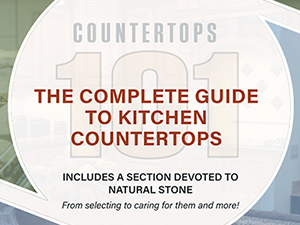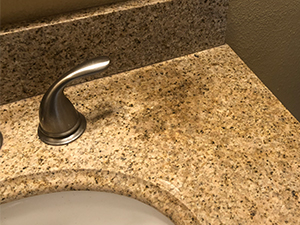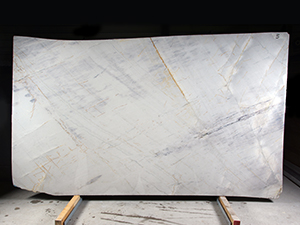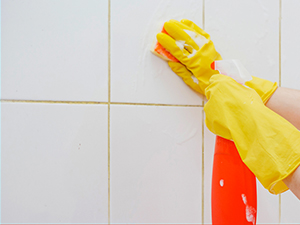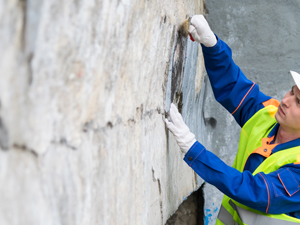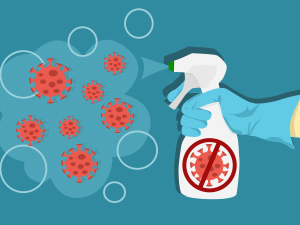Resolve Dirty Grout Problems Once and For All
If your grout looks dirty or seems to be a dirt magnet, there are real, lasting solutions available. Read this article to learn how to resolve dirty grout problems...
Read More »Countertops: Your Essential Guide
Thinking about purchasing new countertops? You're going to love the Surface BUZZ magazine Kitchen Countertop edition! When you begin your search for the right coun...
Read More »Limestone Selection and Care
For anyone considering having limestone installed, as well as anyone with an existing installation, read this article to learn where limestone works best, why lime...
Read More »Removing Urine Stains and Odors on Natural Stone
Urine stains and odors can be difficult to remove from natural stone. Here are some step-by-step instructions for both urine stain and odor removal.
Read More »Is My Stone Really Stained?
We have received many calls regarding "staining," and in some cases the issue is not a stain at all. Here are some examples of stone problems that look like stains...
Read More »Is My Countertop Quartzite or Marble?
Quartzite will not etch or scratch. If you have quartzite that is etched and scratched, it may actually be marble. This article explains the difference so that you...
Read More »Top 10 Causes of Grout Turning Yellow
Home and business owners and property managers have a common complaint about grout turning yellow. Read this article to learn about possible causes and solutions.
Read More »Graffiti Removal
Removing graffiti on stone, tile, brick, or masonry? Put the pressure washer away. It can be problematic and/or ineffective. Read this article for guidance.
Read More »How To Prevent Etching When Disinfecting Stone
This article offers sound advice on how to disinfect your natural stone without accidentally causing etch damage and what to do if you already have etch damage.
Read More »

